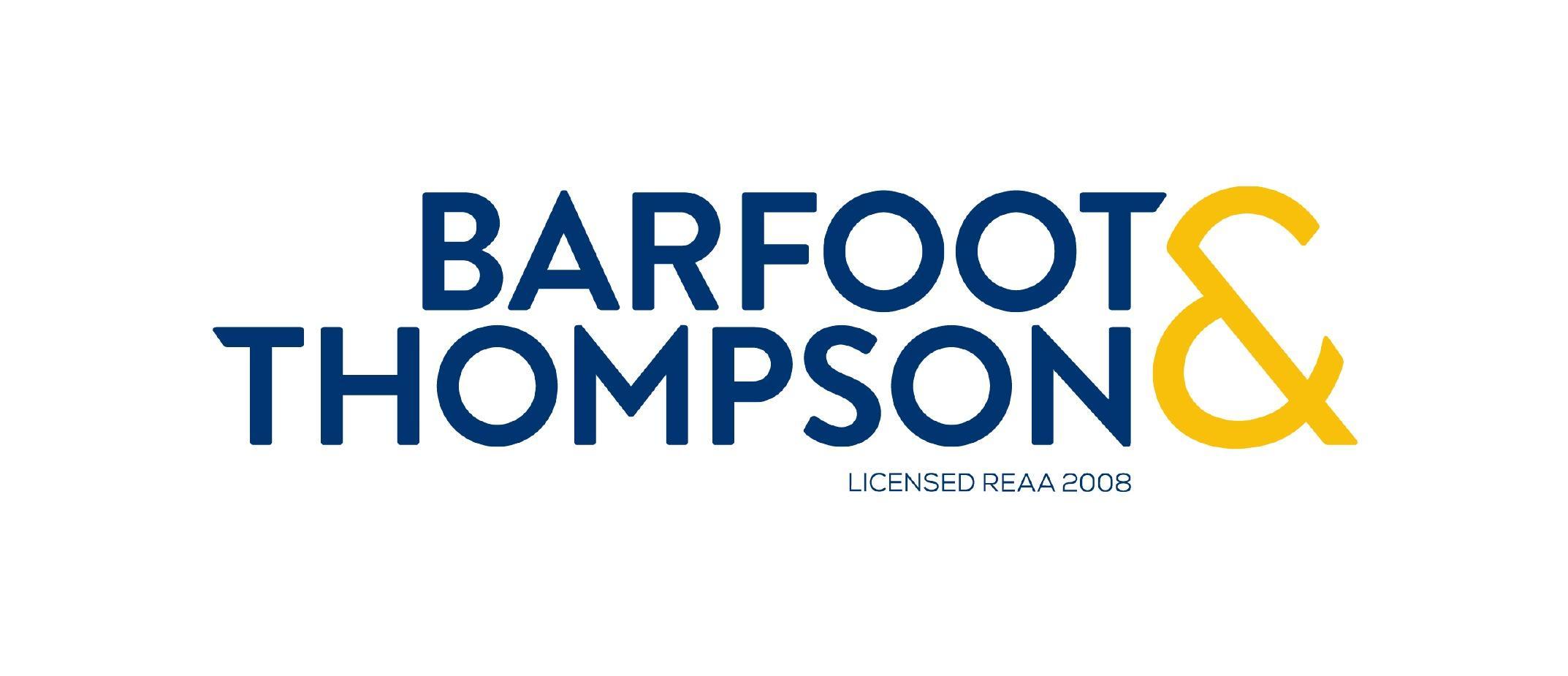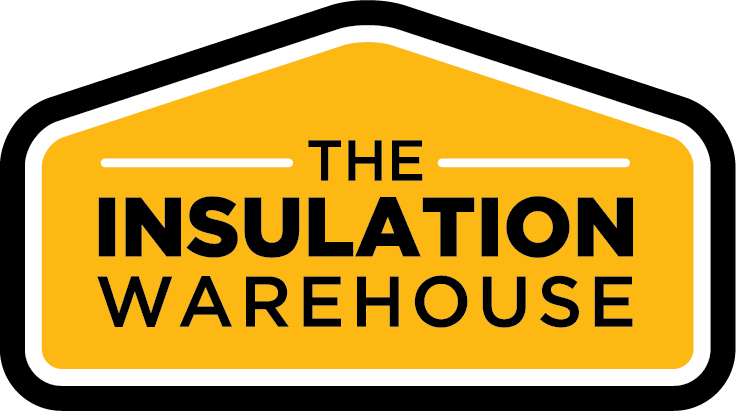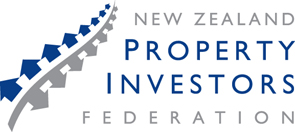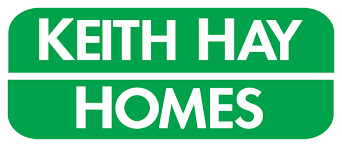The housing market never stands still, especially in the three years post-COVID. Indeed, the current downturn has already been in progress for almost 18 months, so it seems a good time to take stock of how prices, rents, and yields have changed.
From their respective peaks, we’ve measured falls in average property values of 19.7% in Wellington, 12.2% in Auckland, and 11.4% in Dunedin. Tauranga is at a 9.7% decline so far, Hamilton 9.0%, and Christchurch less dramatic at a 4.7% fall from peak. Other areas such as Invercargill, New Plymouth, and Queenstown have also all seen less than 5% falls.
In the meantime, rents have tended to keep rising over the past 12-18 months, although more recently, the rate of increase has definitely slowed down. As measured from the MBIE database of bonds lodged, rents in the three months to January were 3.3% higher than a year earlier – still, a decent rise, although below the typical pace of 4-5% and well down on the rates of more than 7% that were seen over the first half of 2022.
Inevitably with rents rising and prices falling, rental yields have risen – that’s broadly good for investors, although much more beneficial for new buyers as opposed to existing landlords (who have seen capital losses on paper). Nationally, from record lows of 2.6% over late 2021 and into 2022, the average gross rental yield has now lifted to 2.9% and looks set to climb towards 3.5% in the coming months as prices fall further, and rents rise a bit more or (probably) at worst flatten off.
Of course, even at 3.5%, rental yields are well below the mortgage rates likely to prevail over the next 12-18 months, typically perhaps 6.5-7% for the foreseeable future. This means that significant ‘top-ups’ out of other income will be required in many cases, not to mention getting the 40% deposit (for existing properties) in the first place. The lack of capital gains at present also makes it trickier to get the sums to stack up, as well as improved returns elsewhere (e.g. term deposits).
So then, finding a property with an even higher rental yield becomes a key focus. Dunedin currently yields the best of the main centres, at 3.8%, but Auckland ranks at the bottom at 2.2%. Of course, that’s a blanket average, and within Auckland, suburbs and property types can deliver better yields than that.
Admittedly, when you look at three-bedroom houses, for example, even the highest rental yields in Auckland might still be slightly disappointing – e.g. 3.4% in Otahuhu and 3.0% in Avondale. But smaller properties start to look better, with two-bedroom flats in Otahuhu delivering a 4.5% gross rental yield, with Penrose, Mt Wellington, and Mt Albert all above 3.5%. Meanwhile, one-bedroom apartments in Parnell are at 4.1%, Grey Lynn at 4.6%, with the CBD and Newton/Grafton all in the 5-6% range.
Overall, while price falls dent investment cases, the flipside is generally improving rental yields. And some investors may also be starting to feel more optimistic about a potential mortgage rates peak, rising net migration, and a chance that National could win the next Election and reinstate interest deductibility.
Even so, with caps on debt-to-income ratios firmly on the cards in early 2024, things may get tougher again, given that DTIs will tend to limit long-run house price growth rates and constrain the size of investors’ portfolios. A greater focus on rental yields seems prudent in future.

Kelvin Davidson
Kelvin Davidson is the Chief Economist of CoreLogic New Zealand.














Add Comment